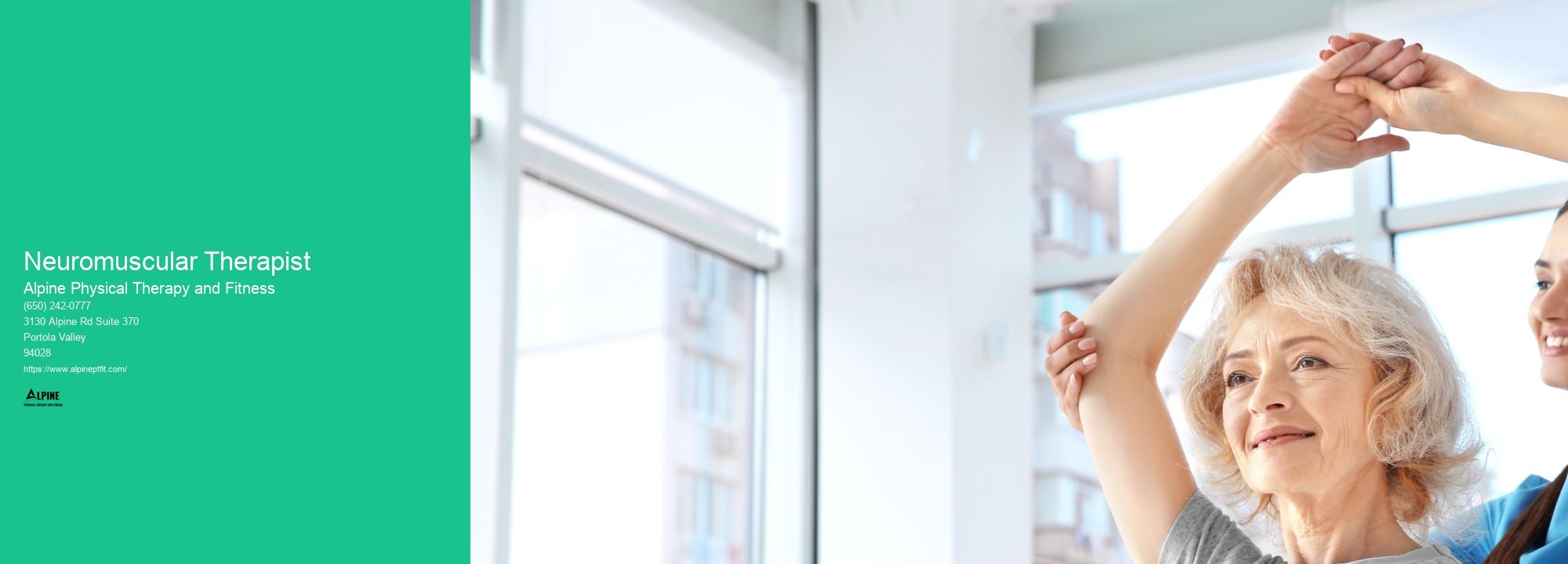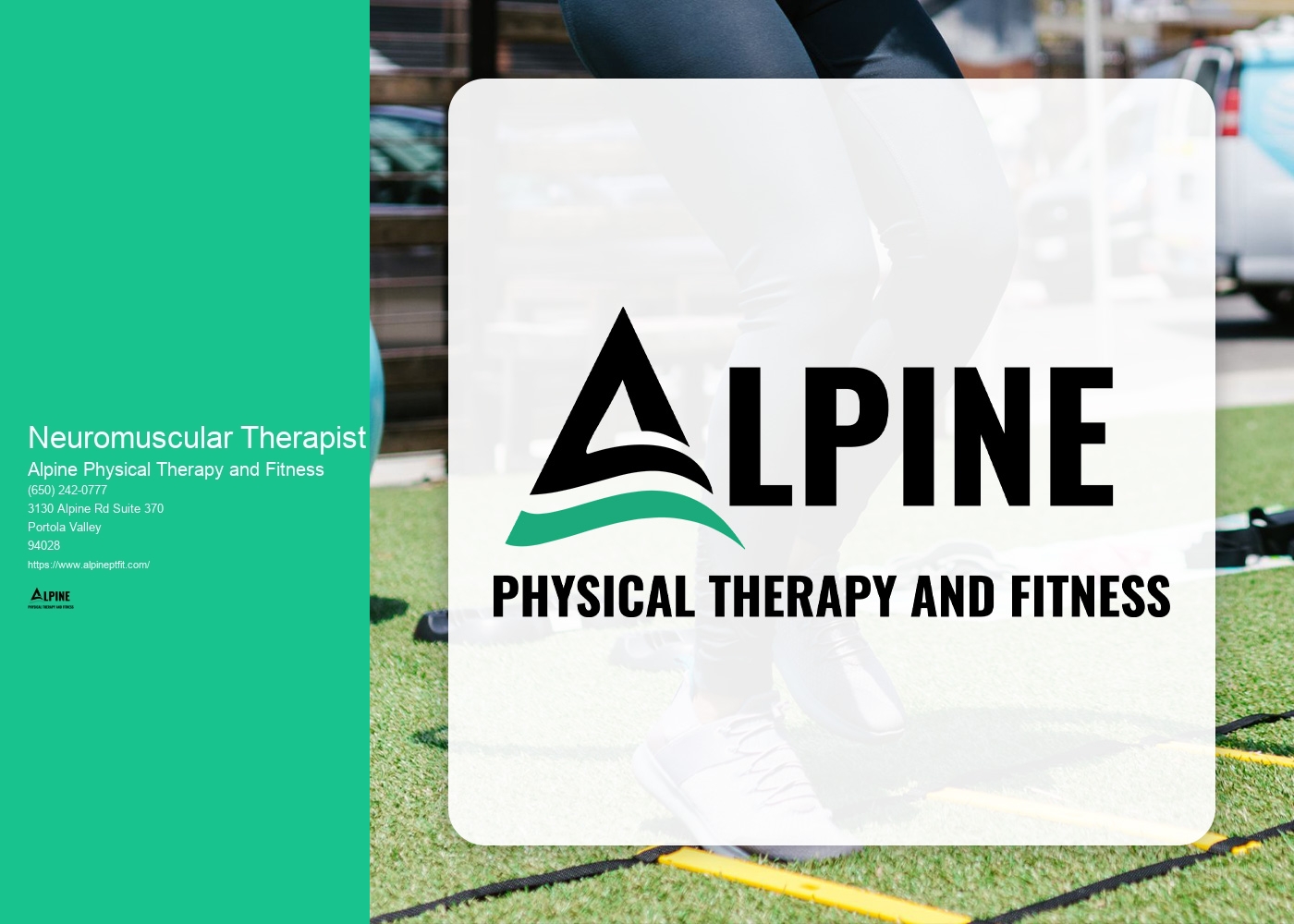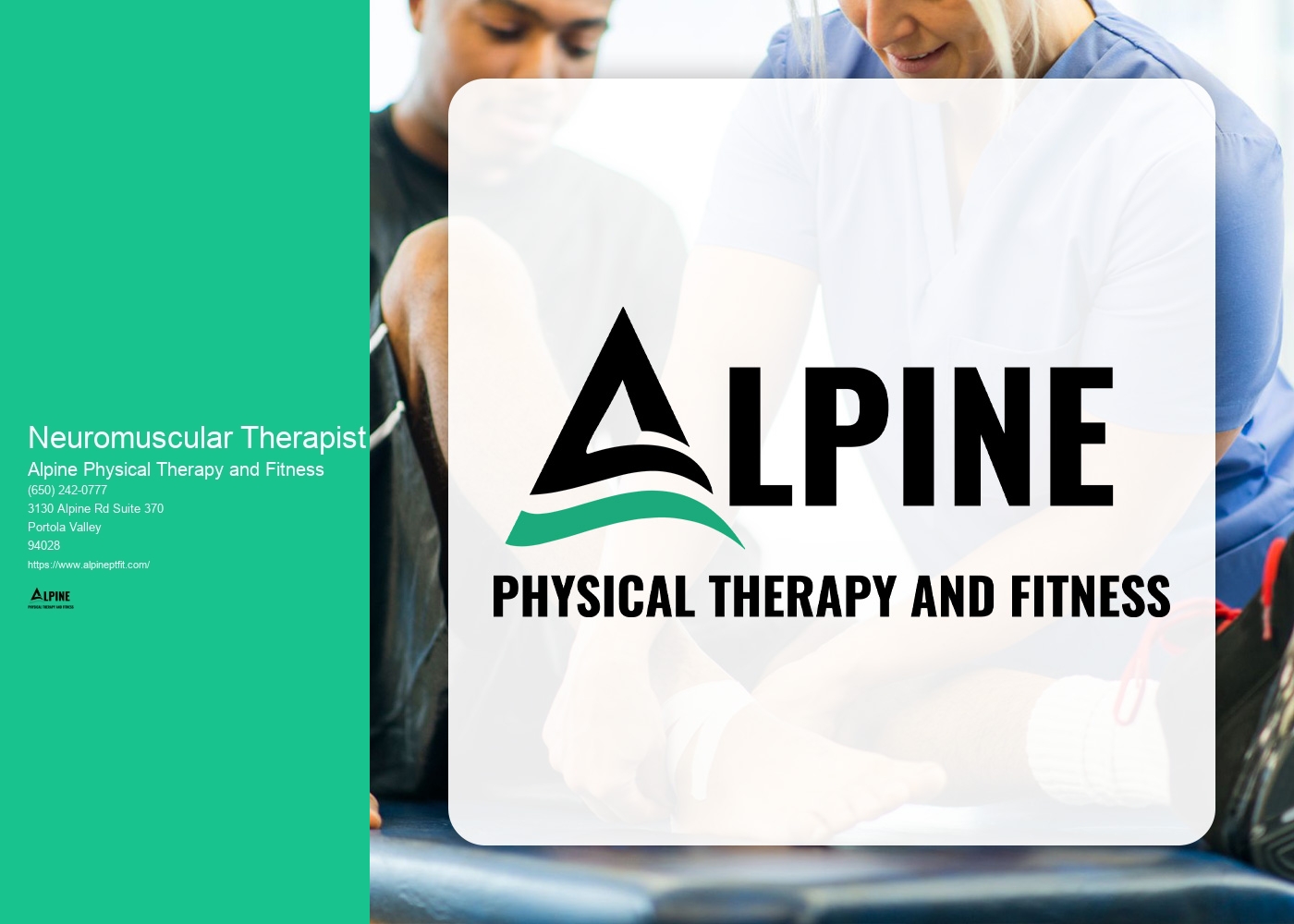

Neuromuscular therapy is a specialized form of massage therapy that focuses on the treatment of soft tissue pain and dysfunction. It differs from other types of massage therapy in that it targets specific trigger points and areas of muscle tension to alleviate pain and restore proper function. This therapy utilizes a combination of deep tissue massage, myofascial release, and stretching techniques to address the underlying causes of pain and promote healing.
Neuromuscular therapy can be highly effective in treating specific conditions such as chronic pain and sports injuries. By targeting trigger points and areas of muscle tension, this therapy helps to release tight muscles, improve circulation, and reduce inflammation. It can help alleviate pain associated with conditions such as fibromyalgia, sciatica, and carpal tunnel syndrome. Additionally, neuromuscular therapy can aid in the rehabilitation of sports injuries by reducing muscle imbalances and promoting proper alignment and movement.
The duration of a typical neuromuscular therapy session can vary depending on the individual's needs and the severity of their condition. Generally, sessions can range from 60 to 90 minutes. During the session, the therapist will assess the client's condition, perform targeted techniques to address specific areas of pain or dysfunction, and provide guidance on self-care exercises and stretches to support the healing process.

While neuromuscular therapy is generally safe, there are some potential side effects and risks to be aware of. Some individuals may experience temporary soreness or discomfort after a session, which is a normal response to the release of tension in the muscles. In rare cases, bruising or swelling may occur. It is important to communicate any concerns or discomfort to the therapist during the session to ensure a safe and effective treatment.
The number of sessions of neuromuscular therapy recommended to see results can vary depending on the individual's condition and response to treatment. In some cases, significant improvement may be seen after just a few sessions, while others may require ongoing treatment over a longer period of time. The therapist will work with the client to develop a personalized treatment plan based on their specific needs and goals.

Whether or not neuromuscular therapy is covered by insurance depends on the individual's insurance plan. Some insurance plans may cover a portion of the cost of therapy if it is deemed medically necessary. It is recommended to check with your insurance provider to determine coverage and any requirements for reimbursement.
To find a qualified and experienced neuromuscular therapist in your area, there are several resources available. You can start by asking for recommendations from your primary care physician, chiropractor, or physical therapist. Additionally, professional organizations such as the American Massage Therapy Association (AMTA) and the National Certification Board for Therapeutic Massage and Bodywork (NCBTMB) have directories of certified therapists that you can search by location. It is important to research and interview potential therapists to ensure they have the necessary qualifications and experience to meet your specific needs.

Pediatric physical therapy is a specialized branch of physical therapy that focuses on treating children with various conditions and disorders. Some of the conditions that can be effectively treated through pediatric physical therapy include cerebral palsy, developmental delays, muscular dystrophy, spina bifida, torticollis, and Down syndrome. Additionally, pediatric physical therapy can also help children with orthopedic injuries, sports-related injuries, and post-surgical rehabilitation. The goal of pediatric physical therapy is to improve mobility, strength, coordination, balance, and overall physical function in children, allowing them to participate in daily activities and reach their full potential.
Physical therapy is highly effective in treating frozen shoulder, also known as adhesive capsulitis. This condition is characterized by stiffness, pain, and limited range of motion in the shoulder joint. Physical therapy interventions, such as stretching exercises, range of motion exercises, and strengthening exercises, can help improve shoulder mobility and reduce pain. Additionally, modalities like heat therapy, cold therapy, and electrical stimulation may be used to alleviate symptoms and promote healing. The goal of physical therapy is to restore normal shoulder function and improve the patient's quality of life. Research studies have shown that physical therapy is a safe and effective treatment option for frozen shoulder, with many patients experiencing significant improvements in pain and range of motion after completing a course of therapy.
Regular exercise is crucial for preventing falls in the elderly. A combination of strength, balance, and flexibility exercises can help improve muscle tone, coordination, and stability. Strength exercises, such as leg presses and squats, can help build muscle and improve overall stability. Balance exercises, such as standing on one leg or walking heel-to-toe, can help improve balance and reduce the risk of falls. Flexibility exercises, such as stretching and yoga, can help improve range of motion and prevent muscle stiffness. Additionally, activities like tai chi and water aerobics can be particularly beneficial for improving balance and reducing the risk of falls. It is important for elderly individuals to consult with a healthcare professional or a qualified exercise specialist to develop a personalized exercise program that suits their specific needs and abilities.
Gait training is an essential component of rehabilitation for patients with neurological disorders. To ensure the best outcomes, several best practices should be followed. Firstly, it is crucial to conduct a thorough assessment of the patient's gait pattern, including their posture, balance, and coordination. This assessment should be tailored to the specific neurological condition and take into account any associated impairments, such as muscle weakness or spasticity. Secondly, a multidisciplinary approach involving physiotherapists, occupational therapists, and rehabilitation physicians should be adopted to provide comprehensive care. This team can collaborate to develop an individualized treatment plan that addresses the patient's specific needs and goals. Thirdly, the use of assistive devices, such as walkers or canes, should be considered to support the patient's stability and safety during gait training. These devices can help improve balance and reduce the risk of falls. Additionally, incorporating task-specific exercises and functional activities into the training program can enhance the patient's ability to perform daily tasks and improve their overall mobility. Regular reassessment and adjustment of the treatment plan are also essential to ensure ongoing progress and optimize outcomes. By following these best practices, healthcare professionals can effectively support patients with neurological disorders in improving their gait and overall functional abilities.